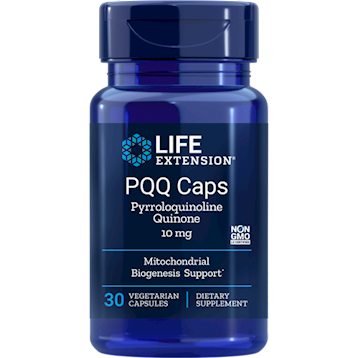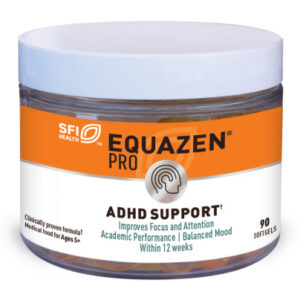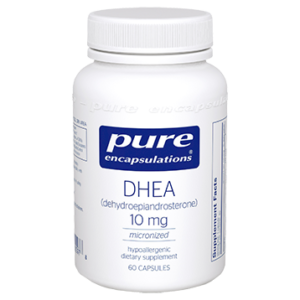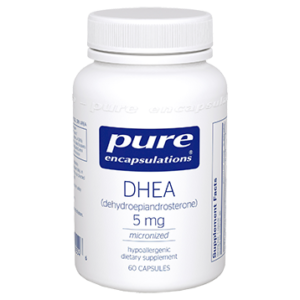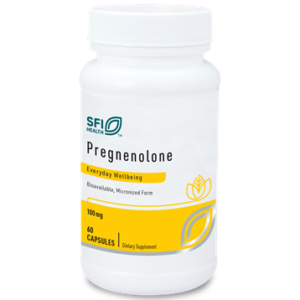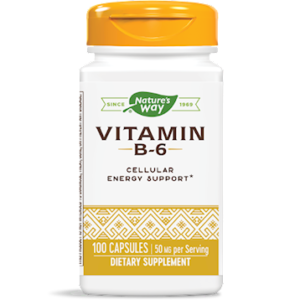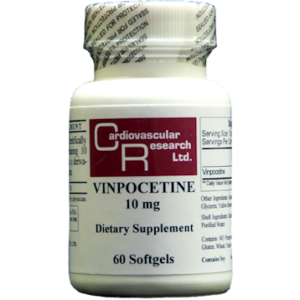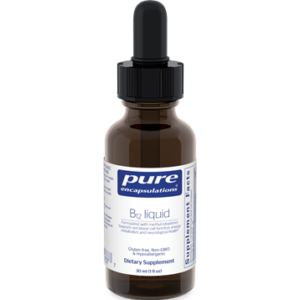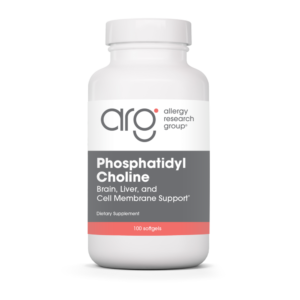Description
Back in the early 1980s, Life Extension® was the first to introduce CoQ10 as a method to enhance mitochondrial energy production. CoQ10 has since gained universal scientific recognition for its role in supporting cellular performance throughout the body.1-6
A major advance in combating cellular aging called PQQ (pyrroloquinoline quinone) is being introduced. In an unprecedented breakthrough, researchers have discovered that PQQ supports mitochondrial biogenesis–the spontaneous growth of new mitochondria in aging cells!7
Mitochondria are the cellular energy generators that supply virtually all the power your body requires for a healthy life span. An abundance of published studies underscores the critical importance of the mitochondria to overall health, especially as we age.8-14 Energy-intensive organs like the heart and brain are dense with mitochondria.
Until recently, the only natural ways for aging individuals to increase the number of mitochondria in their bodies were long-term calorie restriction or exhaustive physical activity–which are difficult or impractical for most people to implement. PQQ offers a viable alternative.
The enormous amount of energy generated within the mitochondria exposes them to constant free radical attack. The resulting mitochondrial decay is a hallmark of aging. PQQ protects and augments delicate mitochondrial structures to promote youthful cellular function in three distinct ways:
Antioxidant power. Like CoQ10, PQQ is a highly potent antioxidant. Its extraordinary molecular stability enables it to facilitate thousands of biochemical reactions in the mitochondria without breaking down, for maximum antioxidant and bioenergetic support.15
Favorably modulates gene expression. PQQ activates genes that promote formation of new mitochondria7– and beneficially interacts with genes directly involved in mitochondrial health. These same genes also support healthy body weight, normal fat and sugar metabolism, and youthful cellular proliferation.16
Mitochondrial defense. Mitochondria possess their own DNA, distinct from the DNA contained in the nucleus. Unfortunately, compared to nuclear DNA, the DNA housed within each mitochondrion is relatively unprotected. PQQ’s antioxidant potency and favorable gene expression profile act to support mitochondrial defense.
PQQ is an essential nutrient, meaning your body cannot make it on its own. A growing body of research indicates that PQQ’s unique nutritional profile supports heart health and cognitive function–alone and in combination with CoQ10.17,18 This comes as no surprise, given how much energy these vital organs need.
Research shows that PQQ supports heart cell function in the presence of free radicals and promotes blood flow in heart muscle.19 When taken in combination with CoQ10, just 20 mg per day of PQQ has been shown to promote memory, attention, and cognition in maturing individuals.20
Life Extension® has identified a purified, highly potent form of PQQ from Japan that is produced through a natural fermentation process. The result is the highest quality PQQ available on the market today called BioPQQ™.
A 10 mg dose of PQQ with BioPQQ™ has also been added to the Mitochondrial Energy Optimizer and new Mitochondrial Essentials formulas.
Other ingredients: rice bran, vegetable cellulose (capsule), silica.
Dosage and Use: Take one capsule once or twice daily with or without food, or as recommended by a healthcare practitioner.
Each bottle contains 30 capsules.
BioPQQ® is a trademark of MGC (Japan).
References
1. Mitochondrion. Jun 2007;7 Suppl:S103-11.
2. Mech Ageing Dev. Mar 1978;7(3):189-97.
3. Arch Biochem Biophys. Jun 1992;295(2):230-4.
4. Lipids. Jul 1989;24(7):579-84.
5. Biogerontology. 2002;3(1-2):37-40.
6. Exp Gerontol. Feb 2004;39(2):189-94.
7. J Biol Chem. 2010. January 1;285:142-52.
8. Biochimie. 1999 Dec;81(12):1131-2.
9. Lancet. 1989 Mar 25;1(8639):642-5.
10. Curr Opin Clin Nutr Metab Care. 2010 Jul 7.
11. Age (Dordr). 2010 Mar 20.
12. Ageing Res Rev. 2010 Jun 25.
13. Cell Mol Life Sci. 2010 Jun 25.
14. Zhonghua Yi Xue Za Zhi (Taipei). 2001 May;64(5):259-70.
15. J Nutr. 2000 Apr;130(4):719-27.
16. Entrez Gene: PARGC1A peroxisome proliferator-activated receptor gamma, coactivator 1 alpha [Homo sapiens] GeneID: 10891.
17. Cardiovasc Drugs Ther. 2004 Nov;18(6):421-31.
18. J Cardiovasc Pharmacol Ther. 2006 Jun;11(2):119-28.
19. Biochem Biophys Res Commun. 2007 Nov 16;363(2):257-62.
20. FOOD Style. 2009;21:13(7)50-3. [Tokyo].

